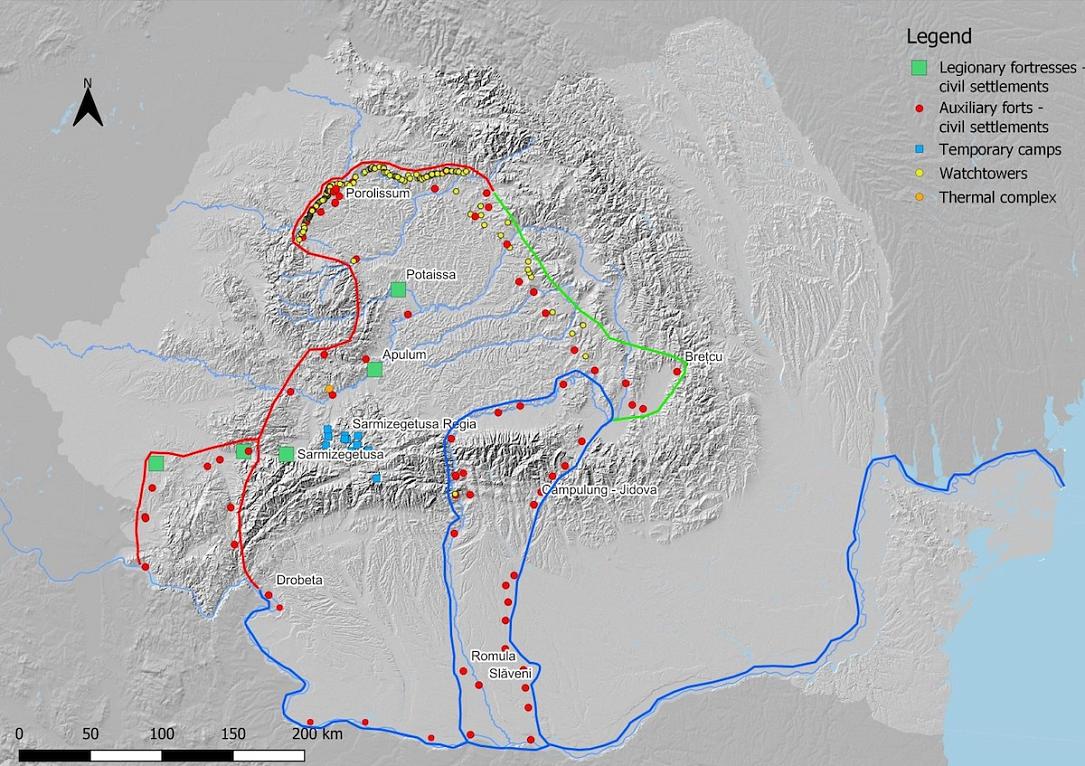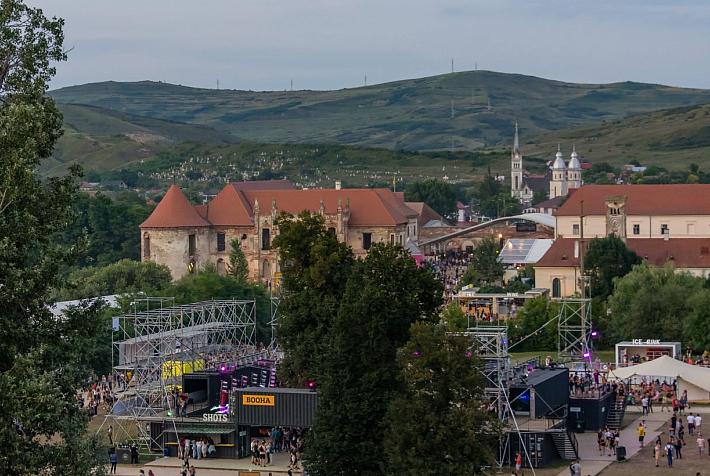Romanian History Museum: Dacian Limes nominated for inclusion on UNESCO heritage list

The nomination file of the Dacian Limes was submitted to UNESCO on January 31 for inclusion on the World Heritage List, the National Museum of Romanian History (MNIR) announced, News.ro reported.
“The Dacian Limes, the longest land Roman border sector of Europe, has become a very complex, unique defensive system throughout the existence of the province. Despite its particular complexity and very high volume of work, the consortium formed within the national LIMES program has successfully completed a mission that many considered impossible,” the same source said.
The team coordinated by the National Museum of Romanian History prepared the necessary documentation for 27 of the 80 forts included in the file, representing a route of approximately 900 km from Drobeta to Sucidava, then along the Olt river, from its discharge into the Danube and up to Hoghiz, including the so-called Transalutan line, from Râșnov to the Danube.
“Some of the documented sites were not included in the nomination file because they did not meet the UNESCO conditions, but they were presented and published in extensive reports based on the research carried out within the program,” the museum also said.
The nomination file will now be evaluated by UNESCO.
In the meantime, the team coordinated by MNIR aims to complete the research documentation of the entire Danube sector, which will constitute the object of another file that Romania intends to submit to UNESCO.
irina.marica@romania-insider.com
(Photo source: Facebook/Muzeul National de Istorie a Romaniei)












